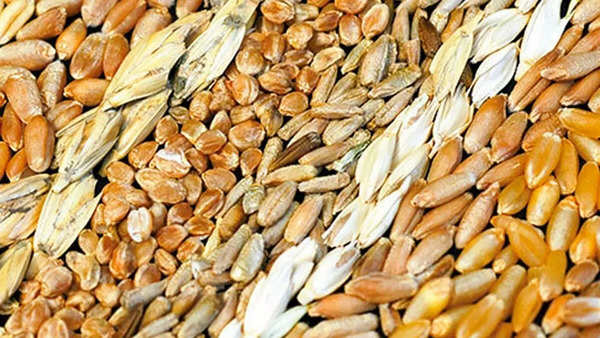What is Gluten?
Gluten is a protein composite found in certain grains, particularly wheat, barley, and rye.It is comprised of two main proteins: glutenin and gliadin. When flour is mixed with water and kneaded, gluten forms a sticky network that gives dough its elasticity and helps it rise during the baking process. This unique property of gluten is what makes bread and other baked goods soft and chewy.
In addition to its role in baking, gluten is also used as a thickening agent and stabilizer in various processed foods. It can be found in a wide range of products, including pasta, cereals, sauces, soups, and even some unexpected items like soy sauce and salad dressings.
Is Gluten harmful?
While gluten is harmless for the majority of people, it can pose significant health risks for individuals with certain medical conditions, most notably celiac disease and non-celiac gluten sensitivity (NCGS). Celiac disease is an autoimmune disorder in which the ingestion of gluten triggers an immune response that damages the lining of the small intestine. This can lead to a variety of symptoms, including digestive issues, malabsorption of nutrients, fatigue, and skin rashes.
NCGS, on the other hand, is a condition characterized by symptoms similar to those of celiac disease but without the same immune response or intestinal damage. Individuals with NCGS experience gastrointestinal discomfort, headaches, fatigue, and other symptoms after consuming gluten-containing foods.
Free yourself from the fear: Sadhguru’s powerful guide to overcoming judgement
Gluten-free diet trends
In response to the rise in celiac disease diagnoses and the growing awareness of gluten sensitivity, gluten-free diets have gained popularity in recent years. Many people without gluten-related disorders also choose to adopt a gluten-free lifestyle in the belief that it may offer health benefits, such as improved digestion, increased energy levels, and weight loss.
However, experts caution that following a gluten-free diet unnecessarily can lead to nutrient deficiencies, as many gluten-free products are lower in fiber, vitamins, and minerals than their gluten-containing counterparts. It’s important for individuals considering a gluten-free diet to consult with a healthcare professional or registered dietitian to ensure they are meeting their nutritional needs.
Sources of gluten in grains
While wheat, barley, and rye are the primary sources of gluten, there are several other grains and grain-like seeds that may contain gluten or gluten-like proteins. These include:
Wheat: The most common source of gluten, wheat is found in various forms, including whole wheat, white flour, durum wheat, semolina, and spelt.

Barley: Barley contains gluten in the form of hordein and is commonly used in brewing beer, as well as in soups, stews, and cereals.
Rye: Rye contains gluten in the form of secalin and is often used in bread, crackers, and cereals.
Oats: While oats themselves do not naturally contain gluten, they are often contaminated with gluten during processing. However, certified gluten-free oats are available for individuals with gluten sensitivity.
Triticale: Triticale is a hybrid of wheat and rye and contains gluten.

